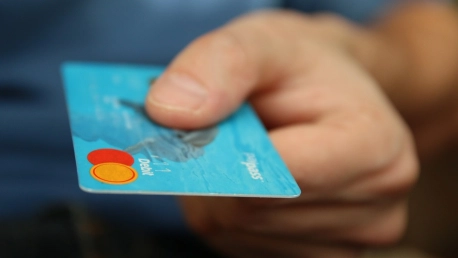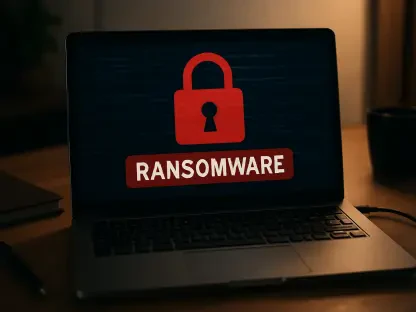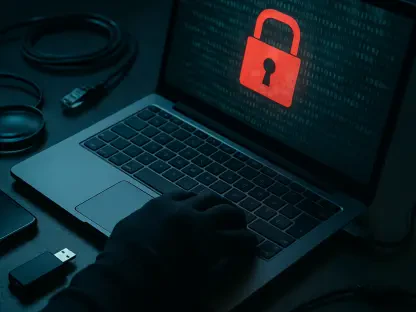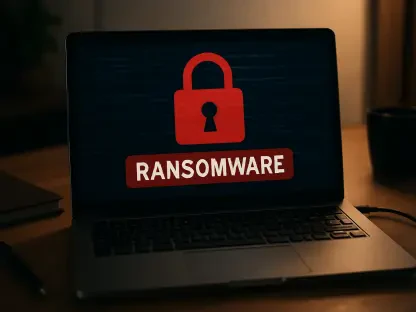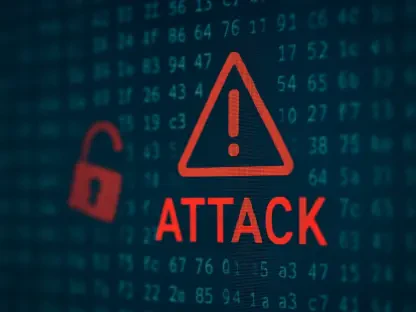According to some estimates, cybercrime is a $6 trillion annual industry, which would qualify it as the world’s third-largest economy after the U.S. and China. There is a great deal of money to be made, and cybercriminals are constantly adopting new business models to stay afloat in this increasingly competitive market. Stolen data is usually sold on specialized forums on the dark web—and tested by identity fraudsters. They can then sell the pre-tested data again or use it themselves. Let’s discover the most important warning signs your identity has been stolen.
Why are hackers stealing your data?
The criminals who breach an organization’s data are unlikely to be the same ones who attempt follow-on identity fraud. Depending on the type of identity data, it can be used for:
- Hijacking accounts that already hold credit card details and using them to complete fraudulent transactions
- Committing health insurance/tax refund fraud
- Making fraudulent payments (if card details have been stolen)
- Obtaining credit in your name
- Launching social engineering campaigns targeting banking/telecom staff to reset victims’ accounts so that the fraudster can take control of them
Common warning signs of identity theft
If you’re a victim of identity theft, it can lead to fraud that can have a direct impact on your personal finances. It can also make it difficult for you to obtain loans or a mortgage until the matter is resolved.
Given the large number of possible scenarios in an identity theft case, it really pays to stay alert. Of course, the biggest red flag that your identity data could be at risk is receiving a notification message. You should read it carefully to understand the possible implications.
The most common clues if you’re a victim of identity theft:
Unusual bank statement/card activity
Even small discrepancies can be indicators of fraud, as cybercriminals often check the validity of stolen cards with seemingly harmless purchases before stepping up their activity. If something doesn’t look right, freeze the account or block the card. This can often be done via your mobile banking app. If you notice unusual card activity, contact your bank immediately.
Problems when submitting fees
Another common strategy is to use stolen social security numbers and other personal details to deposit the related fees early, impersonating the victim. The hacker can fraudulently claim tax refunds. If you find you can’t file your taxes, this could be the reason.
Phone/online account no longer works
If attackers get hold of your login details, the first thing they will do is change your password to block your access to the account. Alternatively, if they manage to trick your mobile operator, they can get them to port your number to a device under their control. This is known as SIM-switching and is particularly dangerous as it means they will be able to intercept any unique SMS access codes often used by banks to validate your identity.
Problems with your medical bills
If you receive a bill for medical services you’ve never received, or if you try to file a claim and it’s rejected because you’ve already reached the limit imposed by your provider, identity thieves could be to blame. In countries with private healthcare systems, such scams can be very profitable.
Easy steps you can take to protect yourself against identity fraud
There are some preventive steps you can take if fraudsters try to target you directly:
- Enable multi-factor authentication (MFA) for all accounts you have online, and avoid connecting to public Wi-Fi hotspots
- Use strong, long, unique passwords for all accounts, stored in a password manager
- Make sure you have up-to-date antivirus software on all devices, from a reputable vendor
- Adopt all available patches or turn on automatic updates for all devices
- Avoid unofficial app stores and use only HTTPS websites
- Don’t throw out anything with your name, address or financial details without shredding it first. Also, don’t leave bills lying around for others to look at
- If you have doubts about the source of a call, wait five minutes and call your bank from a different telephone, making sure there is a dialing tone.
According to the Aite Group, 47% of Americans experienced financial identity theft in 2020. The report—U.S. Identity Theft: The Stark Reality—found that losses from identity theft cases cost $502.5 billion in 2019 and increased 42% (to $712.4 billion) in 2020. The group explains that the huge increase was fueled by the high rate of unemployment identity theft during the pandemic, as increased and extended unemployment benefits made the sector an attractive target for fraudsters.
Losses are forecast to increase again in 2021 to $721.3 billion. So how do you know if you’ve been affected by one of these incidents? By spotting the early warning signs, there are ways to minimize the impact on your personal finances or business.
